Resources Blog
Psychological Safety: Diversity, Equity, & Inclusion
What is 'Diversity, Equity, Inclusion and Belonging'?
The chnnl November team challenge is live, and it is all centralised around the importance of psychological safety within the workplace. We are analysing selected video clips, and spotting the hazards of psychosocial risks and lack of psychological safety in a workplace environment can impact on mental health and wellbeing. Throughout this challenge, we dive deep into chnnl's Level Up Framework through identifying psychosocial hazards, and the primary foundations are; Work Design, Culture & Leadership, Personal Factors, Social Connections, Diversity, Equity, Inclusion and Mana Whenua.
In Day Three, we analysed the psychosocial hazards relating to 'Diversity, Equity, Inclusion & Belonging' (DEI&B), which all have a profound impact on the psychological safety within an organisation. When the principles of DEI&B are practiced effectively, this can have great positive implications on workplaces and organisational culture. In contrast, when practiced ineffectively, there is risk for psychological injury and the absence of psychological safety.
The first video below portrays the presence of 'DEI&B' related risks through a scene in movie Hidden Figures. We encourage you to watch the video alongside us, and identify what psychosocial risks might be present associated with the theme of DEI&B, and how this has a correlation with decreased psychological safety.
Level Up Framework*
DEI&B risks:
Diversity/ Equity / Inclusion
1.5.1 Commitment to Diversity, Equity and Inclusion
1.5.3 Whole self to work
1.5.4 Discrimination
1.5.5 Racism
1.5.6 Lack of learning/ training opportunities
Business Outcomes Included:
1.1.7 Productivity
1.1.8 Psychological Safety Climate
1.1.9 Psychological Safety (Amy Edmondson)
1.2.0 Job Satisfaction
The Risks
What WE IDENTIFIED
The movie clip from Hidden Figures, we see Katherine Johnson who works at the Langley Research Center in Hampton, Virginia, in 1961, alongside her colleagues Mary Jackson and Dorothy Vaughan, as lowly "computers", performing math calculations without being told what they are for. All of them are African-American women; the unit is segregated by race and sex. White supervisor Vivian Mitchell assigns Katherine to assist Al Harrison's Space Task Group, given her skills in analytic geometry. She becomes the first Black woman on the team; head engineer Paul Stafford is especially dismissive. There were multiple risks or hazards which we identified relating to DEI&B present, a few are outlined below:
1. Discrimination
Within this scene from Hidden Figures, we see clear discrimination through racism and sexism. The scene highlights the discriminating factors within the organisation through the inaccessibility to the basic human right of a bathroom. This links to a lack of psychological safety because discrimination in the workplace has a direct relationship with promoting feeling unsafe, unwelcome, and it hinders individuals ability to bring their full self to work. This links to their work performance too, because when someone feels unpsychologically safe, this limits safety in feeling like ideas and work contributions would be welcomed.
2. Racism
This scene highlights the clear systemic and casual racism which was occurring within the organisation (Nasa). Through the segregation in bathrooms, Katherine Johnson's experience of having to run a long distance to use a segregated bathroom highlights the dehumanising and demoralising impact of such racist practices. This has impacts on the psychological safety of the organisation because by having such processes present, it would make her feel unwelcome, which would ultimately lead to ongoing impacts of interpersonal feelings such as feeling unwelcome to her work too. This includes aspects like feeling unsafe and unwelcome in contributing ideas and work.
3. Gender/Sexism
The themes of discrimination against gender and sexism are clear within the Hidden Figures scene. For example, Katherine Johnson was the only women within the room, and she outlines inequality through the aspect of uniform expectations. She also indicates the inequality of pay gap from a race and gender perspective through the phrase of not being able to afford a 'string of pearls'.
This scene clearly represents discrimination through the intersectionality of her identity as both an African-American person, and a women. This highlights the discrimination which was not solely based on race, or gender on their own, but on the intersection of these. There is evident marginalisation of certain groups within the organisation, and this scene encapsulates this discrimination.
4. Unconscious Bias
Hidden Figures clearly represents the institutionalised bias which is present as unconscious in this scene. This was based in the 1960's, and it was a societal and systemic fault that there was such segregation. This bias is represented in the scene through aspects such as the coffee pot only being available for coloured peoples. The unconscious bias is also present in the leader appearing unaware of this, therefore representing his unconscious bias. This lead to a lack of empathy and awareness for the toll that segregated facilities and utilities would have on an individual, and how this may impact their work. It appeared as a surprise to many individuals in this scene that the segregation of facilities was institutionalised, and it reflects a societal acceptance of discriminatory practices that were not actively questioned or opposed.
This is a key psychosocial risk in the workplace, because the emotional distress, isolation, and sense of injustice and consideration of equity and inclusion for all individuals fosters an environment of undermining psychological safety.
5. Other
There are many clear psychosocial risks related to the foundation of 'Diversity, Equity & Inclusion' within this Hidden Figures scene. It is important to recognise that there are also many other psychosocial risks present, such as key ones related to 'Culture & Leadership'. For example, Katherine was spoken to in an unpsychologically safe manner through the public confrontation and with harsh manner of communication. He hadn't taken the time to consider why she might have been spending so much time away from her desk. This could have been solved in a more psychologically safe manner through a private conversation, where he could have taken time to understand her situation and hear her story.
How does chnnl help you measure and identify Diversity, Equity, Inclusion, & BelonginG (DEI&B) hazards:
Weekly Pulse Screening and Assessment Survey:
1. chnnl-50 questions
Through chnnls' academically validated check-in questions, DEI&B hazards are measured and monitored. This provides regular insight and indication towards the impact of DEI&B in an organisation and how this effects psychological safety, alongside wellbeing.
Example screening questions:
"In my workplace, leaders demonstrate a visible commitment to diversity"
"My workplace recognises and celebrates my culture, heritage, and traditions"
"I feel able to express my identity and values at work"
"My organisation allows me to bring my whole self to work"
"I feel adversely treated because of my race, gender, sexual orientation, religion, disability or age"
"My organisation shows authentic commitment and respect to indigenous cultures"
2. Journals
Free text anonymous journaling for anyone in the organisation to reflect on the workplace environment, climate and culture. The chnnl AI then codes the free text into key themes and sentiments and matches them to psychosocial risk tags. These are then reviewed by a clinical team before being finalised for organisation reporting and recommended actions. Having a free text reflection tool enables deep and rich insights into the employees experiences and celebrates the protective factors in the workplace as well as the potential risks.
3. Risk identification and mitigation
At chnnl, we use a bowtie risk matrix to identify risks and what to do before an injury has occurred, and then also to facilitate mitigating interventions in the event of a psychological injury, to ensure psychologically safe workplaces.
See this page for expansion on chnnls' psychosocial Risk Matrix
What the Experts Say:
Carlton Irving
Taking Action . . .
- Justice is a shared responsibility
- Work Design is an important factor when looking at DE&I, being proactive around this as a business is important as 1 in 4 New Zealanders will be temporarily or permanently disabled during their life.
- Educating employers/employees around the different cultures
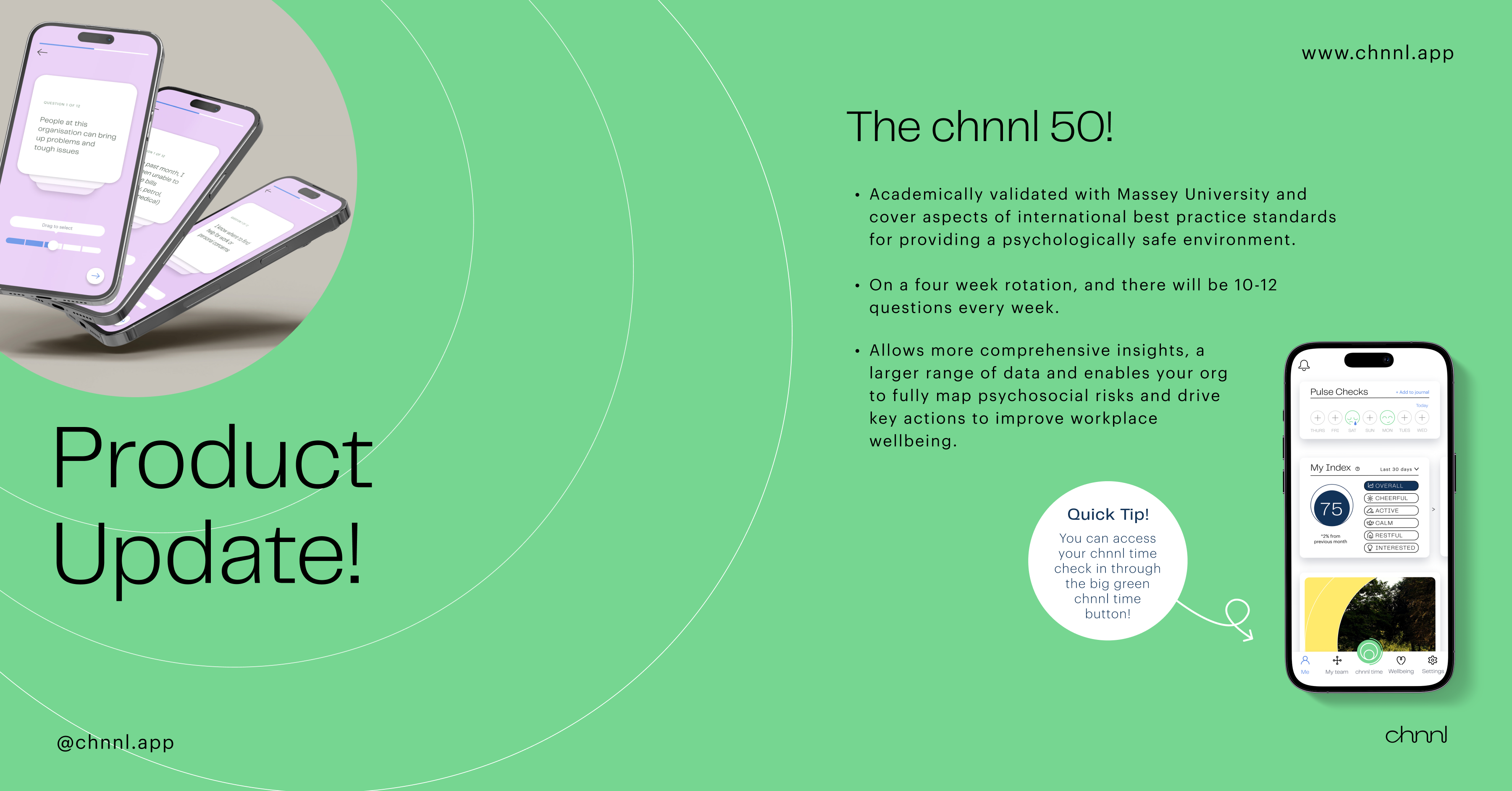
References:
https://www.worksafe.govt.nz/research/psychosocial-hazards-in-work-environments-and-effective-approaches-for-managing-them/
https://www.safeworkaustralia.gov.au/safety-topic/managing-health-and-safety/mental-health/psychosocial-hazards
https://burnoutassessmenttool.be/wp-content/uploads/2020/08/User-Manual-BAT-version-2.0.pdf
https://health.nzdf.mil.nz/assets/Documents/Burnout-Assessment-Tool.pdf
Written by chnnl Team

.svg)


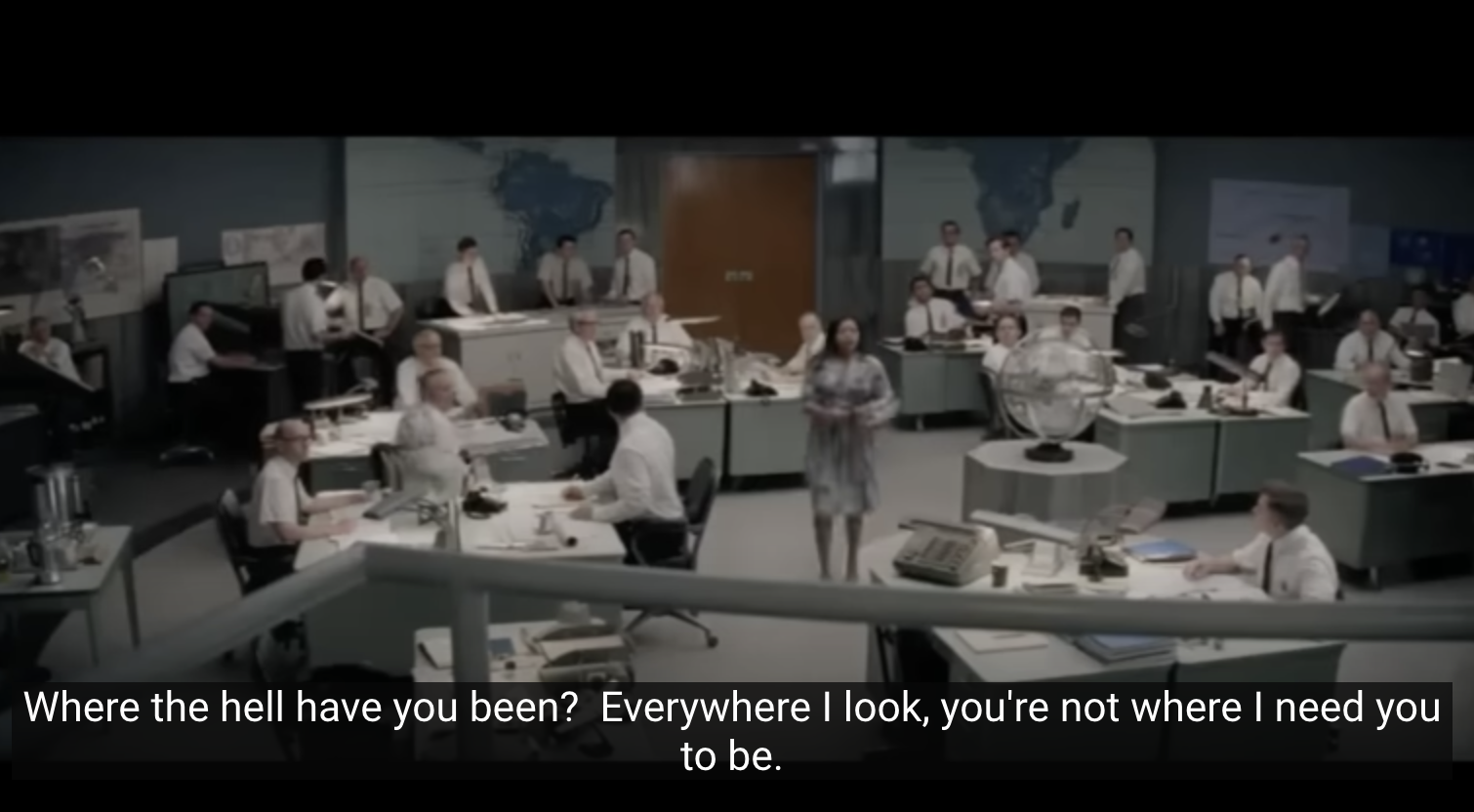
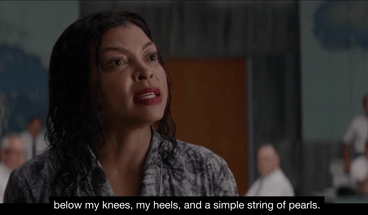

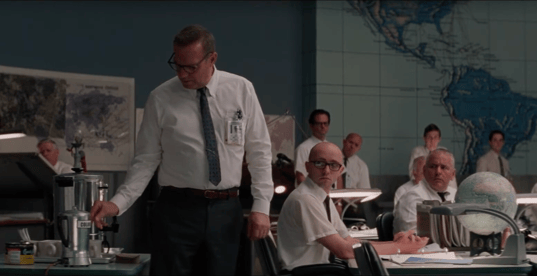
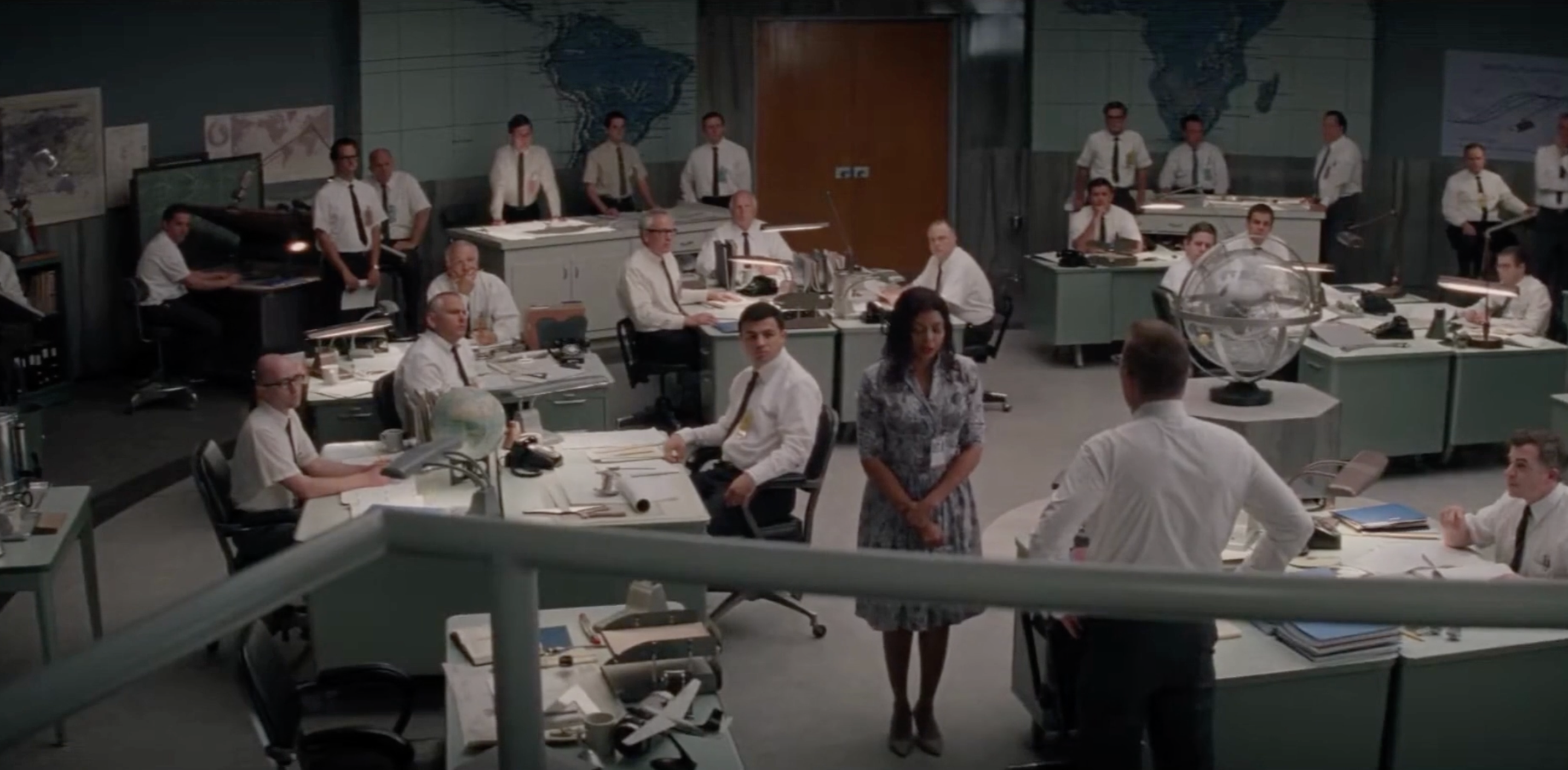
.svg)